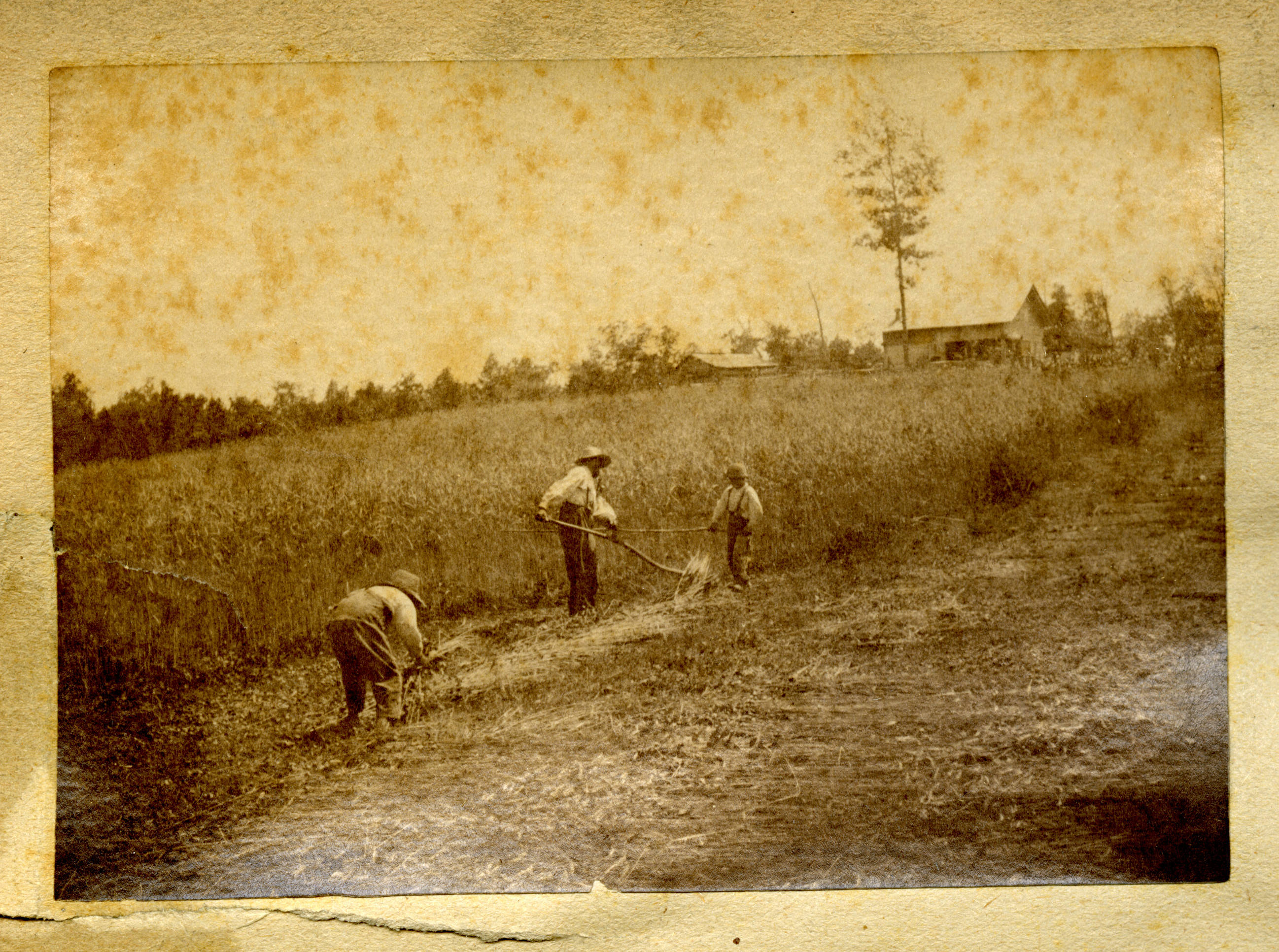Context:
Farming, cultivating crops, and nurturing animals to provide essentials for human life, agriculture allows us to study society through the ways its members worked the land. Known for their large plantations, the Southern United States both before and during the Civil War focused their attention towards cash crops such as cotton, rice, sugar, tobacco, and indigo.
Located in the Ohio River Valley, Kentucky did not support as many large plantations as states in the deep south. Kentucky farmers raised hemp, working livestock, meat animals, wool, and tobacco for export outside the state and corn and wheat for internal consumption. Kentucky agriculture was deeply tied to and invested in slavery. Though slaveholdings were smaller on average than elsewhere in the South, a larger percentage of Kentucky households participated in the institution than in most of the region.
Documents:
J. M. MILLS, J. S. HAYES, AND J. H. GARRARD, REPORT
MERIE G. BANKS TO THOMAS E. BRAMLETTE
J. B. BOWMAN ET AL. TO THOMAS E. BRAMLETTE
T. J. MCGIBBEN TO J. G. FOSTER
Big Picture Questions:
Why does it matter that farmers are allowed to grow certain crops during the war? Why is there an increase in one crop while there is a decrease in another? How do these war time decisions impact Kentucky long-term?
Activities:
FIND THE COMMODITY: Pick 2 or 3 documents and have students identify the commodities. Use this for further discussions on the big picture questions.
RATIONING: Have students decide what crops they will need the most during the war and what incentives they can give to farmers to grow those crops.



